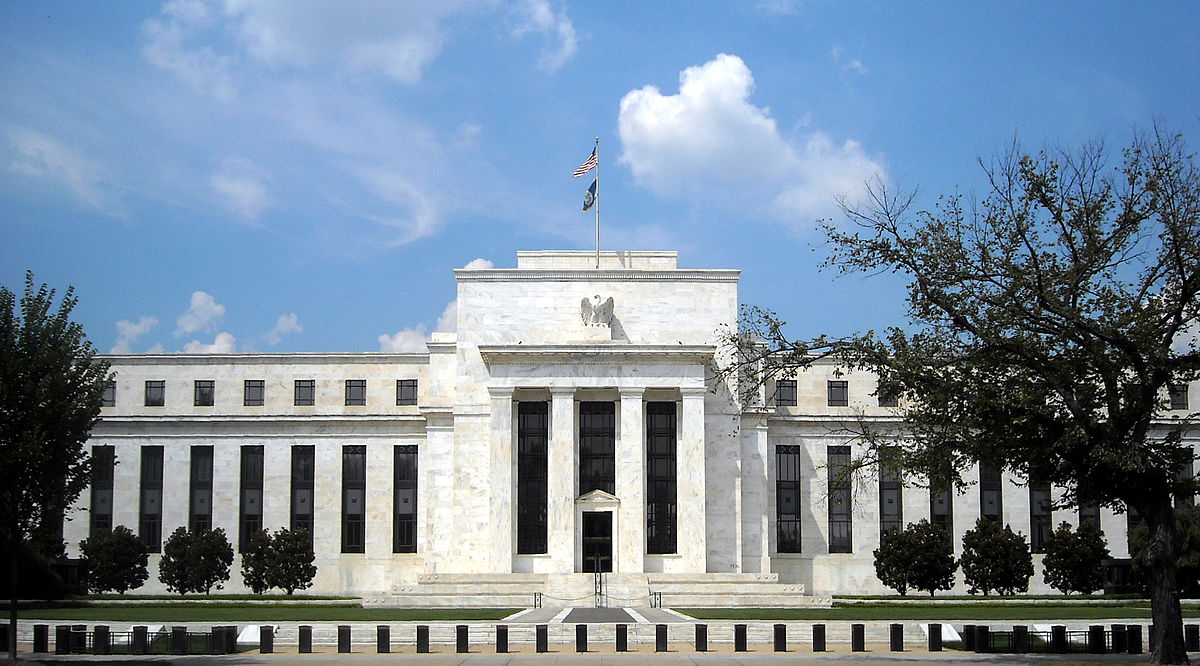On the Delusions of Price Level Stability
In a recent column, William White explains how “major central banks’ vigilant pursuit of positive but low inflation has become a dangerous delusion.” The idea that price level stability is both, necessary and sufficient to achieve macroeconomic stability and growth should have been put to rest by the 2008 financial crisis. But conflicting narratives have enabled it to live on.
Since the crisis, the focus of many central bankers has turned to macroprudential policy. The objective is to manage financial risk. Regulatory efforts have increased as a result. On the monetary policy front, price level stability still reigns supreme. New tools have been developed to execute monetary policy, to be sure. But the overall objective has been more-or-less left intact.
This is an odd development, to say the least. The financial sector is arguably the most regulated market—and was even before the crisis. It would be hard to blame the crisis on a lack of financial market regulation. And, yet, that seems to be the logic of those stressing the importance of macroprudential policy today.
An alternative view holds that the crisis was not the result of too little regulation, but rather a failure of the Fed to stabilize nominal spending. Focusing too narrowly on inflation, the Fed generated a bubble in the mid-2000s. Then, when the economy contracted, the Fed failed to offset the increase in money demand with a corresponding increase in the money supply because it feared it would push up inflation. The lesson to learn from this view is not that we need more regulation. Rather, it is that the Fed should rethink its vigilant pursuit of positive but low inflation.
If price level stability is not a good guide for policymakers, what should central bankers do? In brief, the central bank should commit to adjusting the money supply in order to offset changes in money demand. If individuals want to hold more money, the central bank should increase the money supply. If individuals want to hold less money, the central bank should decrease the money supply. And the central bank should only respond to real shocks to the extent that they affect money demand. Stabilizing nominal spending in this manner would not eliminate all macroeconomic fluctuation. But it would prevent major downturns like the Great Recession. And it would encourage long run economic growth as well. Simply put: it is the right thing to do.












